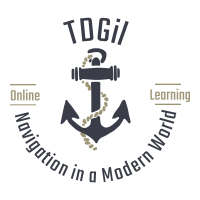
Traditional Tools
Tools of a Navigator
Coastal Navigation requires the use of tools. Maybe not the type of tools you visualize when you think of tools, however, they are still tools.
Without pencils, erasers, charts, tide tables and a way to draw lines on a chart it would be impossible to know where you are going, much less where you currently are.
Traditional Tools of a Navigator
There aare a few basic publications, such as a chart of the area, tide/current tables and Local Notices to Mariners which should always be carried.
Dividers and some type of plotting tool(s), which is simply a device that allows you to find or draw courses, lines, and parallel lines.
A hand held compass is required. Also highly recommended is a mounted ships compass.
Of course, miscellaneous tools like pens, pencils, eraser, calculator, an accurate watch and some means of judging speed are essential.
Electronic Technology
Today’s technology driven world provides us with a number of electronic devices that make a navigator’s job much easier. Some navigators don’t consider technology to be a part of traditional piloting. Other dismiss traditional methods in favor of technology.
Both type of navigators are making a mistake. Radar, GPS, and chart plotters are tools that should be used! However, they should be used as part of the navigation process, not the entire process.
Information on electronic navigation tools and techniques will be covered later.
